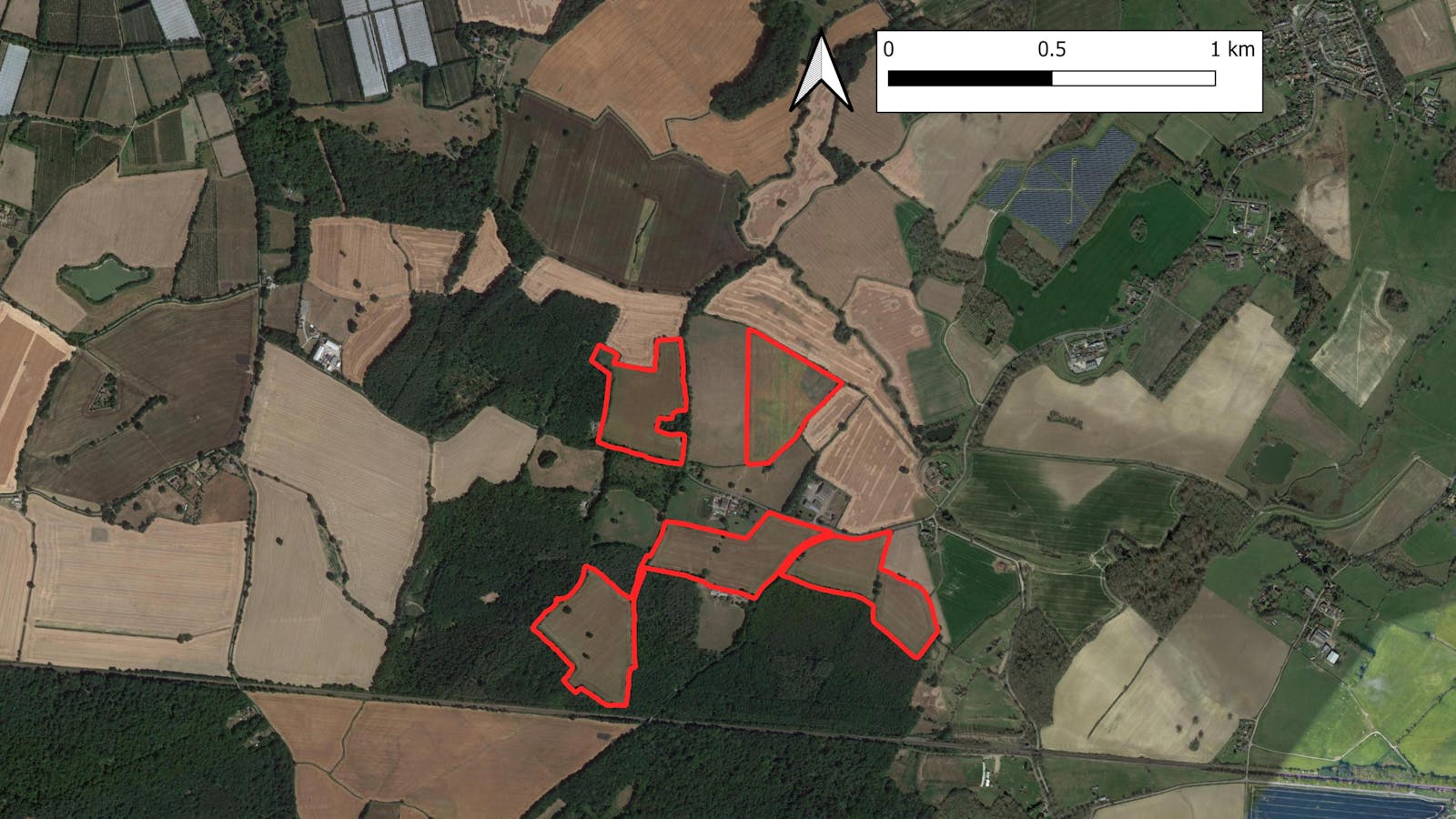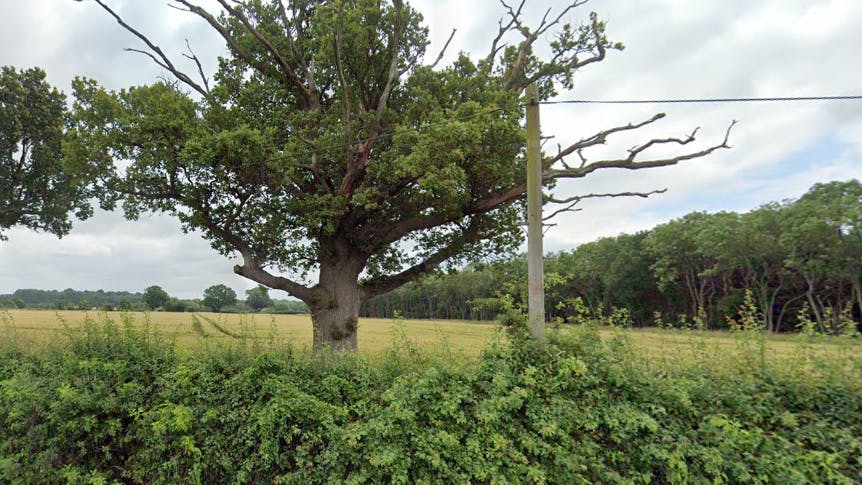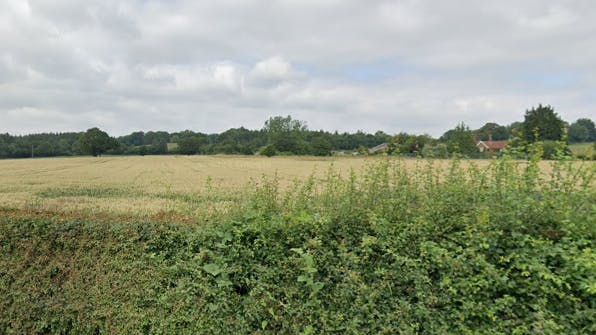
Hurst Hill Farm - prospective units BNG proposed offset site
Local Planning Authority (LPA): Ashford
National Character Area (NCA): Wealden Greensand; Low Weald
OS grid ref: TQ 95135 43772
Postcode: TN26 1ER
What3words: ///ordinary.butlers.delays
Proposed Habitat units available
A total of 159.779 habitat units and 16.627 hedgerow units are proposed from the following habitat types:
Grassland
Other neutral grassland (Medium distinctiveness) - 102.107 units
Heathland and Shrub
Mixed scrub (Medium distinctiveness) - 24.567 units
Woodland
Lowland mixed deciduous woodland (High distinctiveness) - 0.114 units
Other woodland; broadleaved (Medium distinctiveness) - 32.983 units
Hedgerow
Line of trees - 0.485 units
Species-rich native hedgerow - 16.142 units
Site description
Hurst Hill Farm is located approximately 4 miles west of Ashford, Kent. Cereal crops make up the majority of the site, along with a border of hedgerows and lines of trees.
The site is embedded within a network of ancient woodlands which comprise Hoad's Wood Site of Special Scientific Interest and March Wood Local Wildlife Site. March Wood is directly adjacent to the site and has been regularly monitored for its bird interest and supports nightingale and breeding woodcock, plus many warblers including grasshopper warbler. There is a good moth and butterfly fauna including white admiral, brimstone, speckled wood and orange tip, and pearl-bordered fritillary.
Hoad's Wood SSSI is a good example of an English oak and hornbeam woodland, hosting an outstanding assemblage of insects with moths and butterflies. The wood also supports a diverse breeding bird community. Orchids such as common twayblade and broadleaved helleborine are recorded, as well as two nationally rare species of butterfly and moth.
The proposed habitats at Hurst Hill have been designed to improve connectivity between woodland fragments and create a mosaic of new habitats to provide new habitat for both nightingale and butterflies. New woodland will be created on parts of the site that are adjacent to existing ancient woodland, which will blend into surrounding grassland via a strip of scrub.
Scrubby woodland edges are an excellent habitat for many animal species, which use the woodland for shelter while also using open space for foraging or attracting mates.
These BNG units are based on a desktop exercise. A full site survey would need to be undertaken to determine the current habitats on site to validate the current units/uplift.

Habitat Transitions


Site Photos


